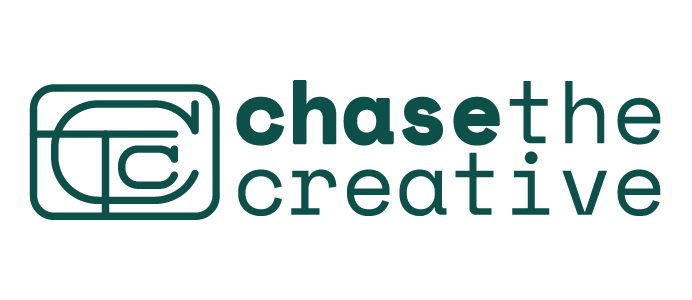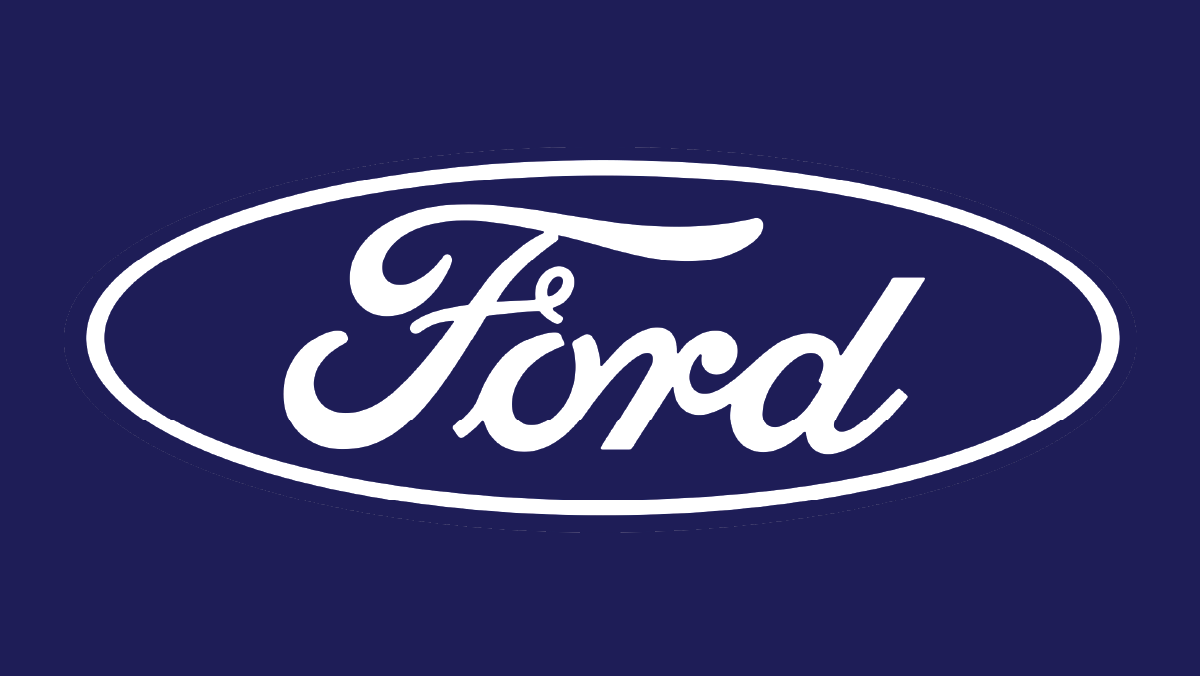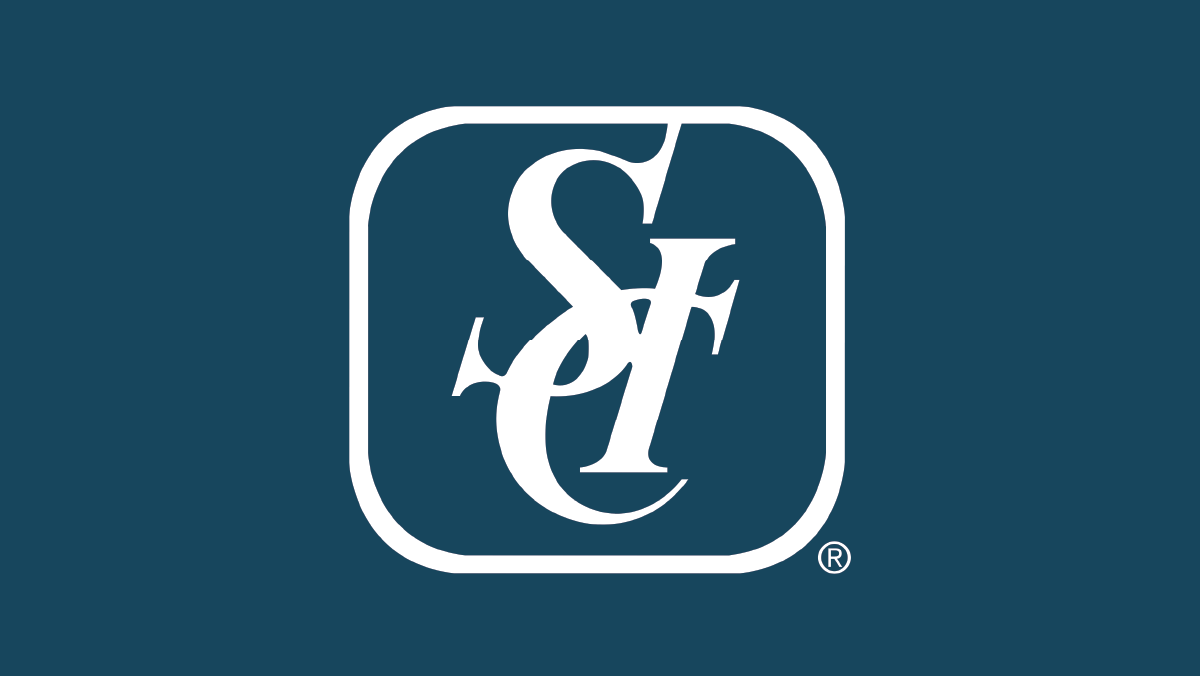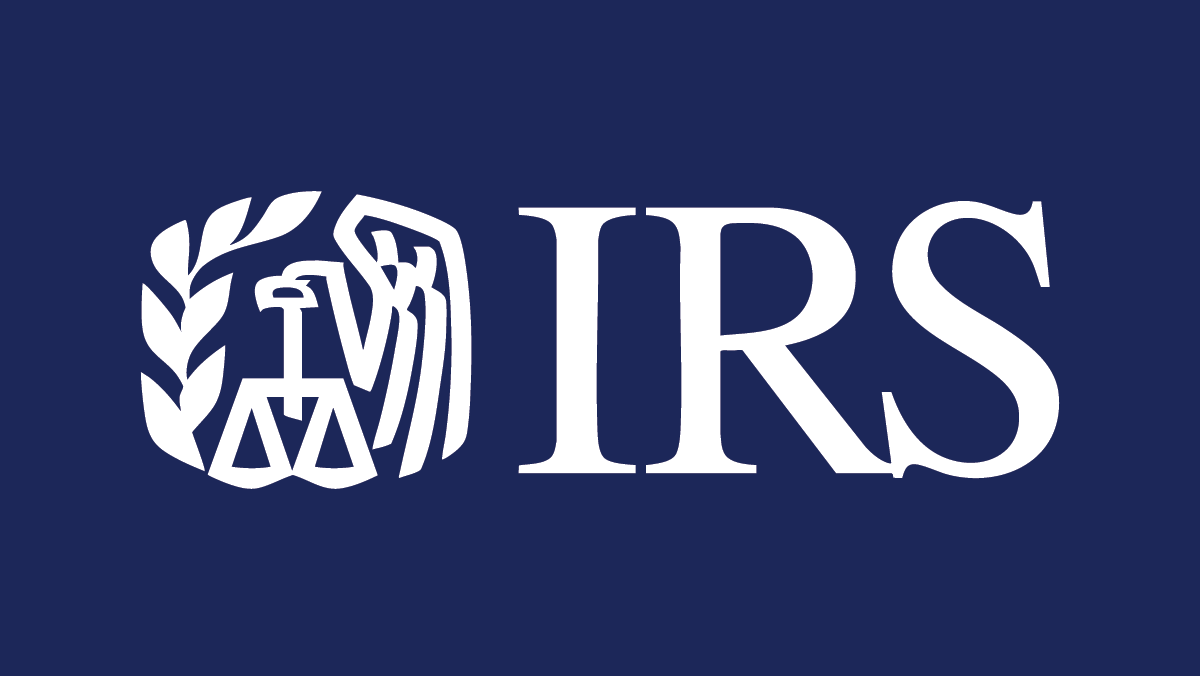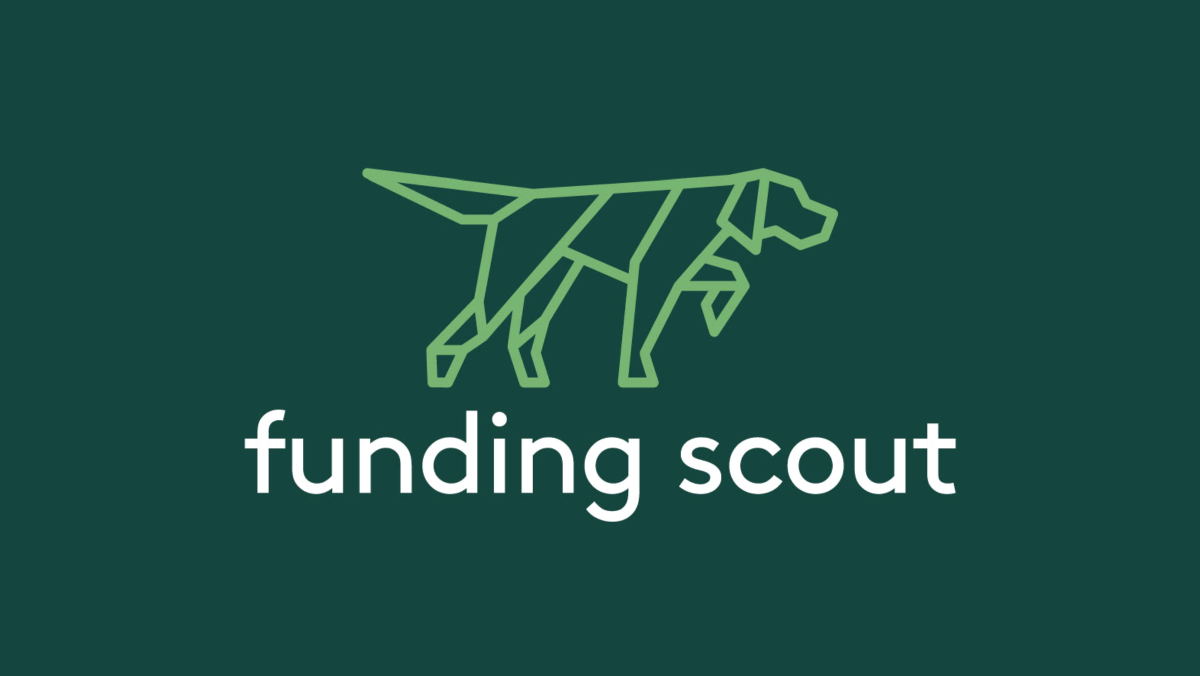A design-led transformation to improve first-call resolution, transparency, and customer trust
Overview
As UX Lead, I co-led a design sprint with Verizon focused on reducing breakpoints in their assisted customer service journey — especially for technical issues passed between Verizon Retail and Customer Care teams. The sprint addressed the human and operational challenges that hinder first-call resolution, and resulted in a prototyped, user-tested workflow supported by delivery plans and a defined Minimal Viable Product (MVP).
Context & Challenge
Verizon’s customer resolution process for device and service issues often spanned multiple channels and reps. Gaps between in-store, technical support, and digital interactions caused repeat calls, frustration, and inconsistent resolutions — eroding trust and increasing operational overhead.
The goal: Enable a resolution experience that builds trust, eliminates redundant effort, and leads to a 90%+ first-time resolution rate.
Design Sprint & Activities
Using Pega Catalyst and Design Thinking methodology, we facilitated a multi-week sprint involving Customer Service, Digital, Experience Management, and frontline teams.
Activities included:
• Journey mapping & current-state pain point identification
• Problem reframing into “How Might We…” innovation prompts
• Storyboarding and future-state concept design
• User testing with real Verizon customers and care agents

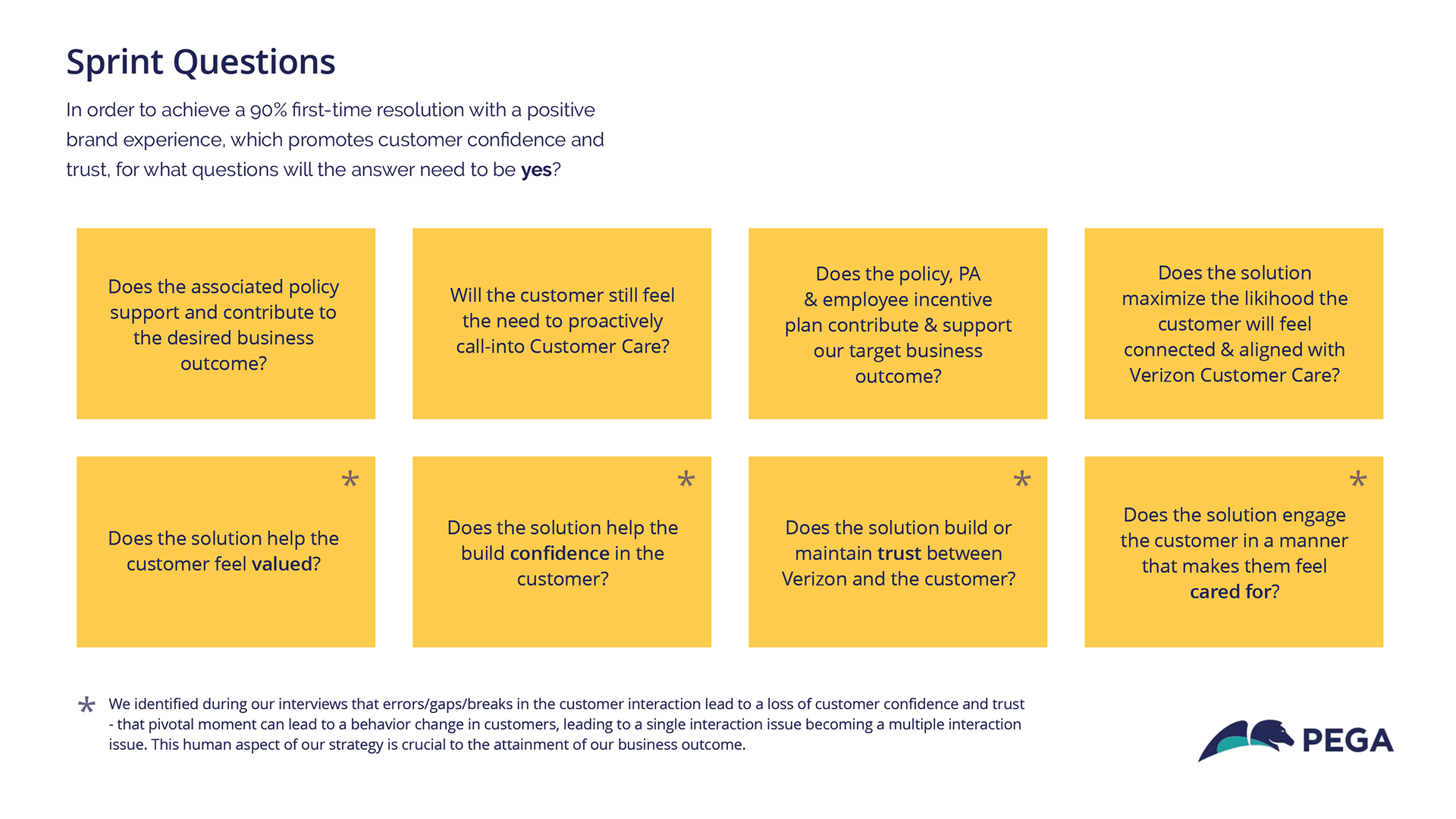


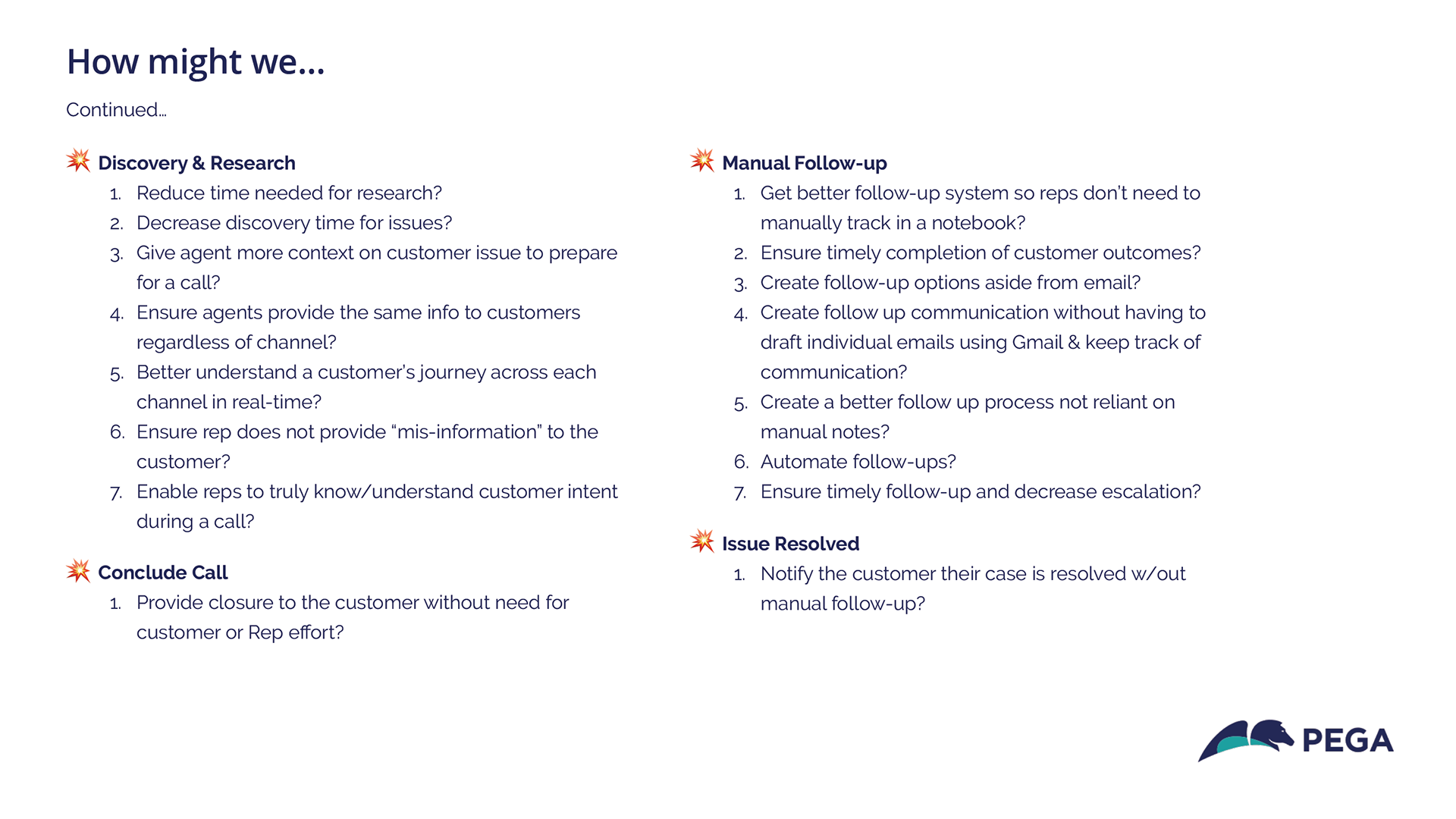
Design Philosophy: Human Confidence Over Internal Complexity
Customer confidence and emotional trust emerged as top priorities. We didn’t just aim to fix routing logic — we aimed to design transparency, ownership, and closure into the experience.
We reframed the approach from:
“Solving the issue” → to “ensuring the customer feels it was resolved”
“Efficient call flow” → to “clear, empathetic transitions”
Prototyped Experience: Managed Resolutions Workflow
The prototyped experience centered around a real-world scenario: a device issue begins in-store, and is routed to technical care for resolution.
Storyboard Highlights:
1. Customer visits a Verizon store with a device issue
2. Retail rep captures the issue and schedules a callback
3. Tech support receives full context, makes the call, and troubleshoots
4. Issue is resolved, recapped verbally and digitally
5. Customer receives a follow-up SMS with a summary and self-reporting option
The Sprint Storyboard

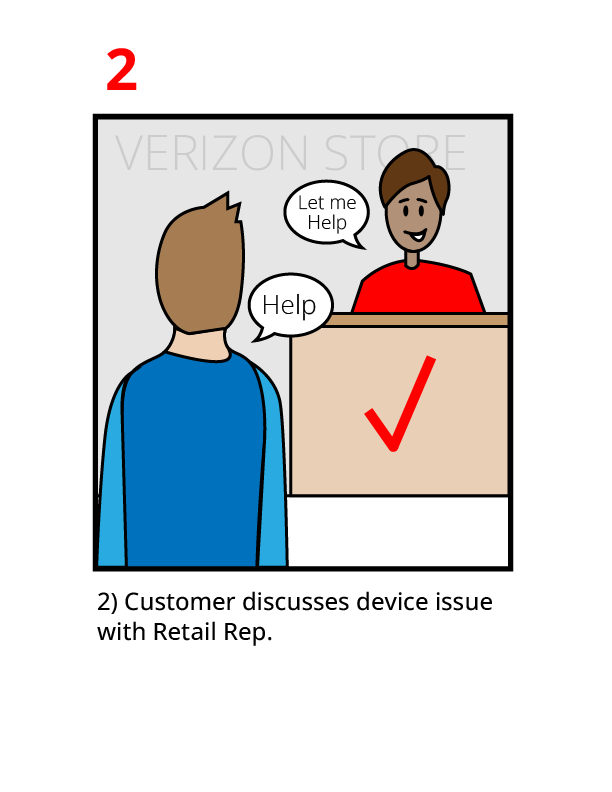
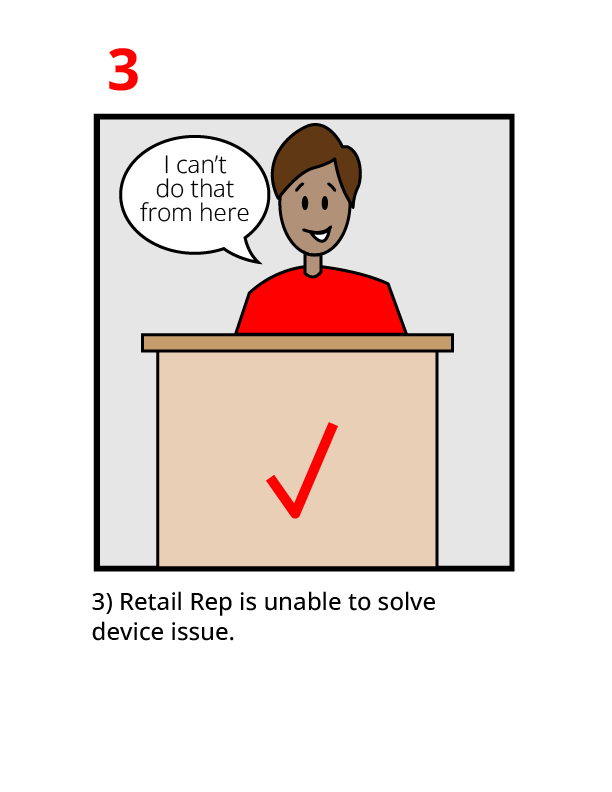

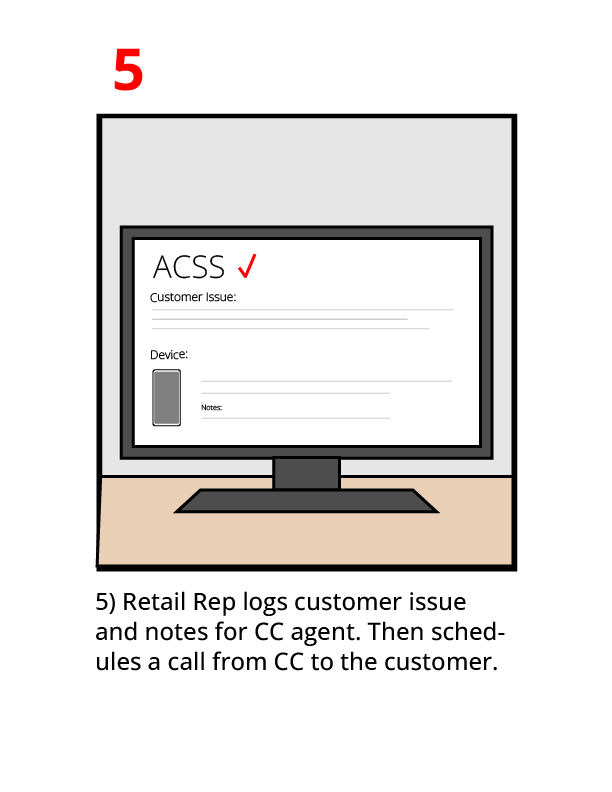
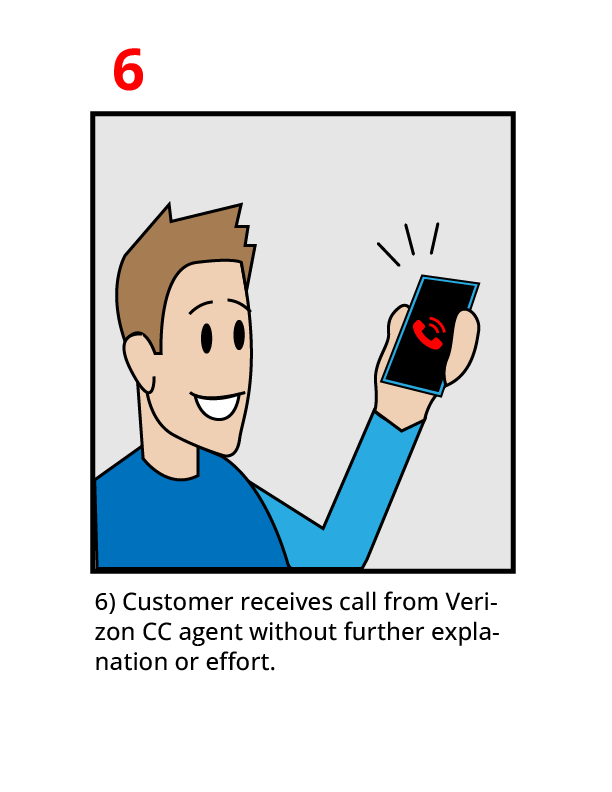


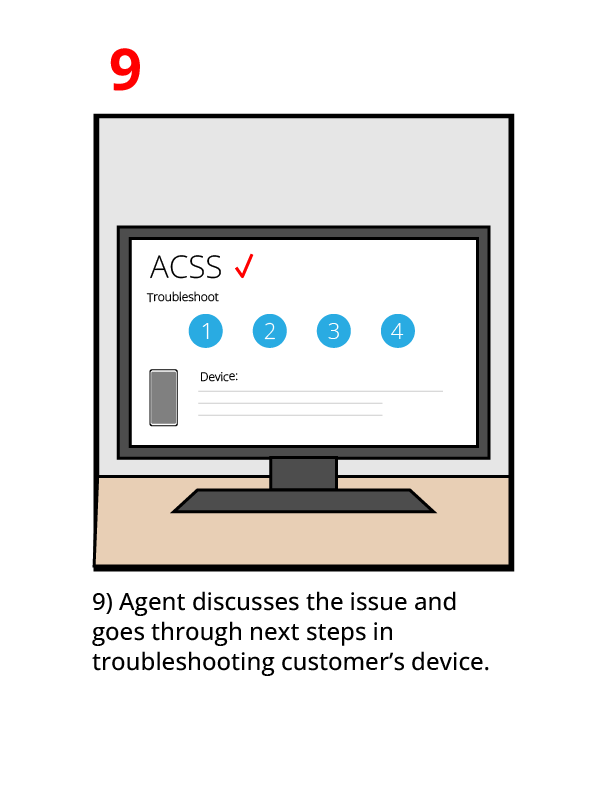

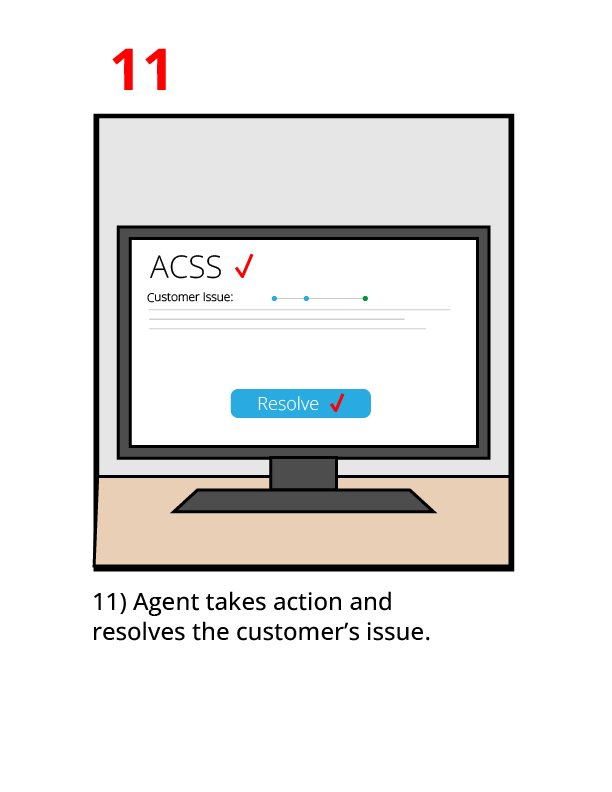



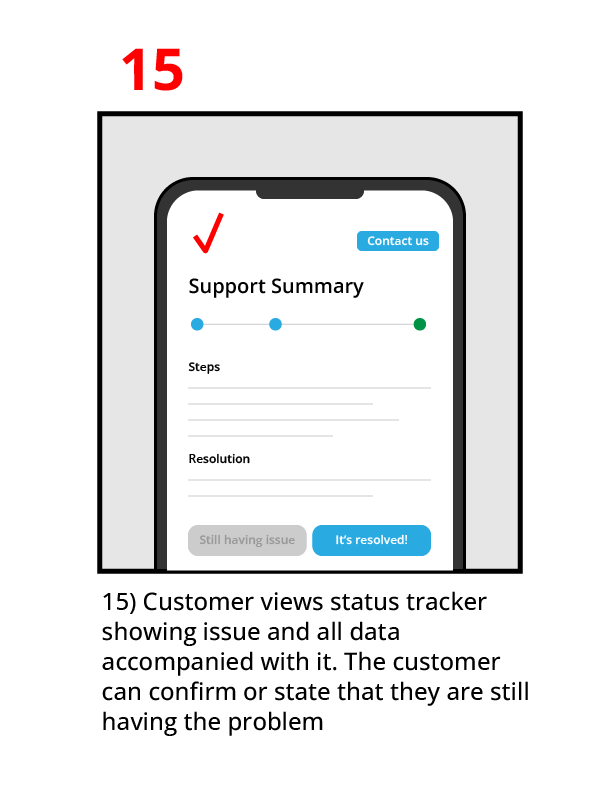
User Testing & Feedback
We ran structured user tests at a Verizon Customer Care Center in Columbia, SC. Test participants included:
5 customers with recent service issues
3 care reps and 2 tech agents
Key Objectives:
Is the solution intuitive and easy to use?
Does it reduce the need to re-engage customer care?
Do customers feel cared for, confident, and informed?

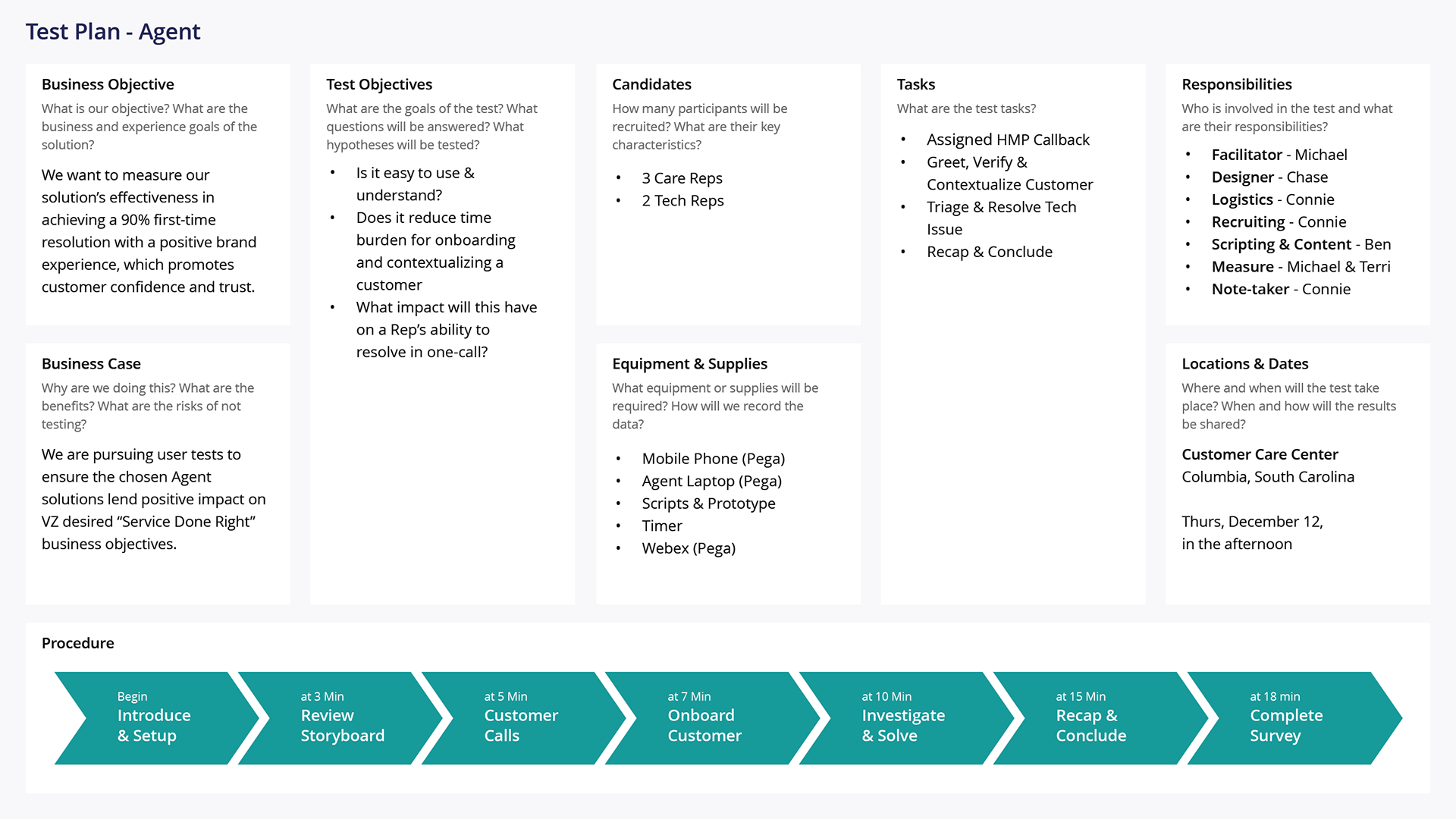
Outcomes & Defined Delivery Path
The project moved from prototype into planning for MLP and Sprint Zero kickoff. Two tracks were created:
1. CERS (Customer Escalation Resolution System) – focused on improving platform capabilities
2. Managed Resolutions – focused on operationalizing the designed workflow
Outputs Included:
• Journey maps and persona insights
• Human-centered and technical user stories
• Prioritized backlog for MLP 1
• Delivery strategy with Pega teams and Verizon stakeholders
Business Value & Strategic Alignment
Clearer transitions between channels = Reduced repeat calls
Proactive issue summaries = Increased perceived transparency
Better agent context = Improved resolution accuracy
Emotional design focus = Higher customer trust & satisfaction
“The human aspect of our strategy is crucial to achieving first-call resolution. Building confidence reduces repeat behaviors and restores trust.”
— Verizon Sprint Team
Disclaimers
All visuals shown are preliminary workshop prototypes with placeholder data.
No personal information (PII) or live implementation details are included.
Prototypes and delivery plans were built around the Pegasystems platform capabilities
